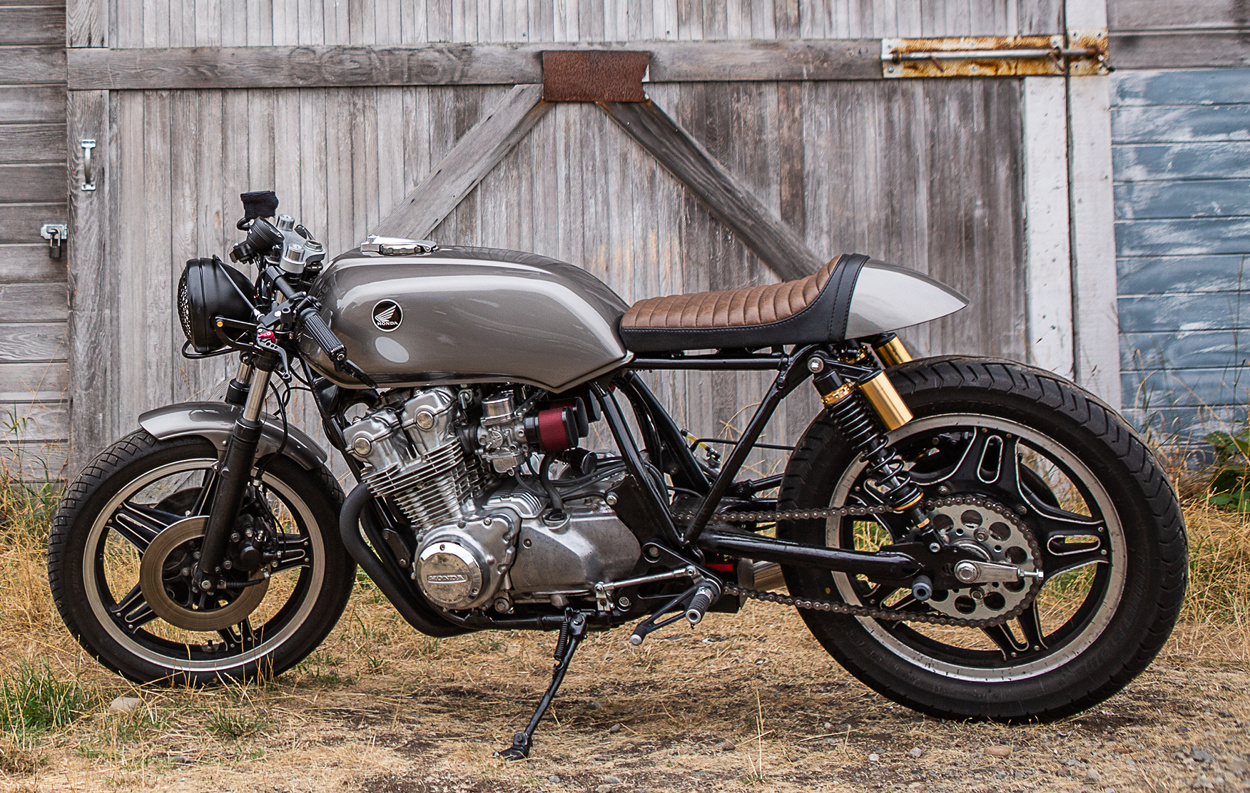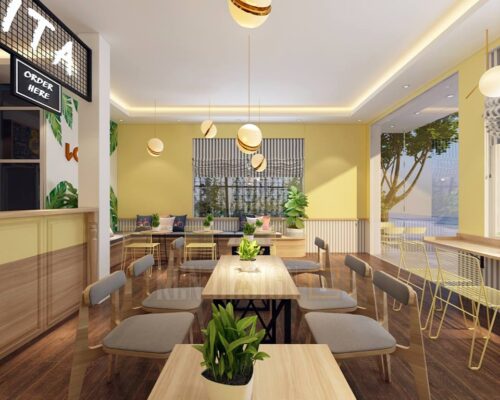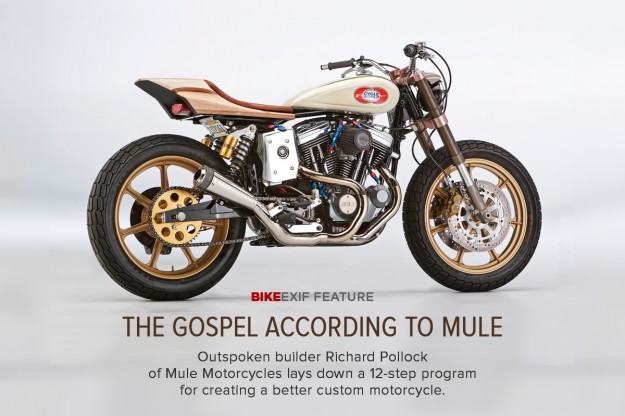
I’m going to focus on the performance aspect of building a cafe racer. or street tracker, scrambler, or any custom motorcycle, for that matter. Let’s start by choosing the right bike early on to avoid costly mistakes on the track.
Reading: Build a cafe racer from scratch
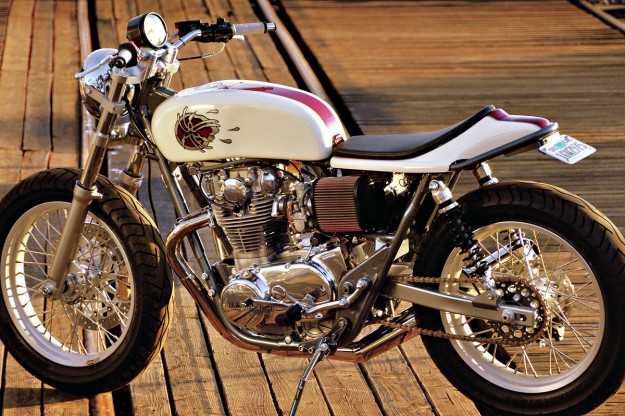
yamaha has the xs series, in 360, 400 or 650 capacities. forget about the xs500 or tx500, unless you have tons of time and money. then there’s the sr400 and sr500, and even the viragos are now getting a lot of attention.
from kawasaki, you can choose a z of any size. But it was Suzuki that produced some of the best air-cooled inline fours, like the GS750/1000, which is why Pops Yoshimura gave them so much love. and why you hardly see any for sale these days.

In 1972-73, almost all bikes sported a disc brake at the front. intake noise was still audible and most wheels had wire spokes. the shocks were mostly chrome spring mounts, and the low-hanging mufflers and centerstands caused a lot of sparking (and crashing) when cornering at speed.
lessons learned and improvements made. As the bikes were pushed to their performance limits on the race track, improvements gradually made their way into the production models. These lessons, tricks, new parts, and tuning secrets have continued to accumulate ever since, so we now have a wealth of knowledge.
I should mention that it’s always a good idea to pick a bike that has decent parts availability, plus a wide selection of aftermarket accessories. putting a lot of effort into a bike you can’t even buy a head gasket for is the start of a frustrating ride.
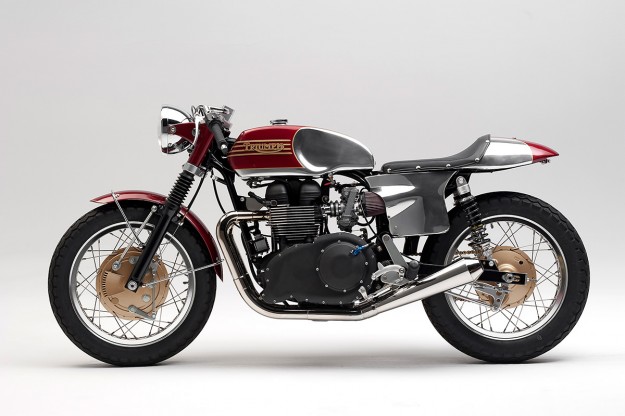
After many nights in the garage, the bike runs decently and you’ve done everything everyone else does to make your bike look great. but you’re starting to think, “wow! this is like a slow and wobbly carriage of 40 years”.
When you’re going for a brisk ride up the hills with your friends, maybe the bike isn’t as exciting or confidence inspiring. Or is it just insecure? or maybe there are a couple of guys with bikes from the 80s or even 90s disappearing over the horizon. you’re thinking, “it has to be better than this!”
Unfortunately, bicycles have improved at an exponential rate over the last thirty years. but you’re committed to riding your ’70s bike and you want to be able to say you built it yourself. it’s time to improve it, keeping a realistic view of how much you can improve it before exhausting your resources.
See also: Tại sao David Thái bán Highlands Coffee?
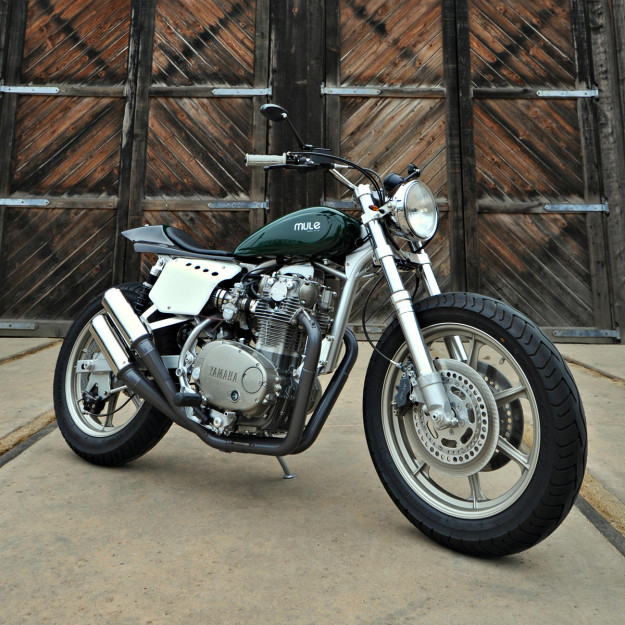
If you search the web and look at pictures of 70’s racing machines and heated street bikes, you’ll find clues. the stance was usually changed, as were the tires. aluminum wheels replaced steel, and generic aftermarket shocks and fork kits were installed. I often saw braided stainless steel brake lines and a second front disc and caliper. the frames were either heavily braced, as were the swingarms, or upgraded with aluminum elements.
In the engine/performance department, you’ll have to dig a little deeper: the pictures will only show the external mods. you’ll notice bigger and better air filters, carburetors and exhausts, and maybe some sort of oil cooler. To get an idea of internal mods, you’ll need to read old magazine articles that have tips related to your bike. and then look for those parts on swapmeets or ebay if they are no longer made.
Another way to learn about older models is to attend an old fashioned race or two. there are classes for all displacements and different times. the rules are generally intended to keep the bikes period correct, but most of the necessary parts are readily available.

Be aware of the tapered steering head bearings or at the very least replace worn bearings with new bearings and races.
Most older bikes came equipped with a plastic swingarm bushing. this should be replaced with a set of solid bronze or new-old needle roller bearings.
Another area of concern would be the swingarm pivot axis and the reduction of the swingarm side-to-side play to the minimum factory spec. up and down movement should be unrestricted, but axial or side-to-side play should be almost non-existent.
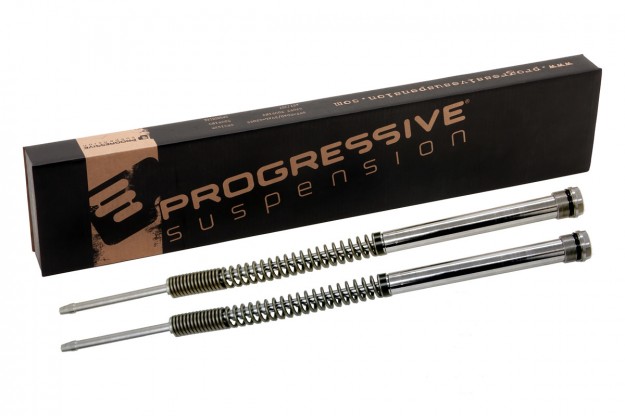
That said, it’s absolutely critical that your damping and spring rates match the weight of you and your bike as closely as possible, considering the type of riding you’ll be doing. buying a brand-name shock that doesn’t match, has already been used, or is designed for a racing bike may not result in any improvement.
i know that racetech and works will create shocks that fit your exact needs. lengthening the rear shocks eye to eye can give you more cornering clearance and better cornering. but lowering the rear of the bike, as seen on many current custom builds, has the opposite effect.
The same goes for forks. getting a set of cool usd forks (inverted) on ebay in no way guarantees good handling. but a fork spring and damping kit (or emulators from racetech) can give great results with your stockings if they aren’t bent or rusted. you can even adapt better forks to fit, possibly from a different model of the same brand.
7. adds lightness. another way to improve the original chassis is to lighten the wheels and fit better brakes and tires. there may be a model similar to yours that has a smaller, lighter rear hub, or a smaller, lighter disc.
look into lacing up an aluminum rim, perhaps wider, which will allow you to use a better tire. firestones or knobs on your street bike are a loud and clear sign that cornering handling is nothing to worry about, and the other things I’ve mentioned to take the chassis up a notch will be to no avail.
See also: Welcome to the Falling Rock Cafe & Bookstore!
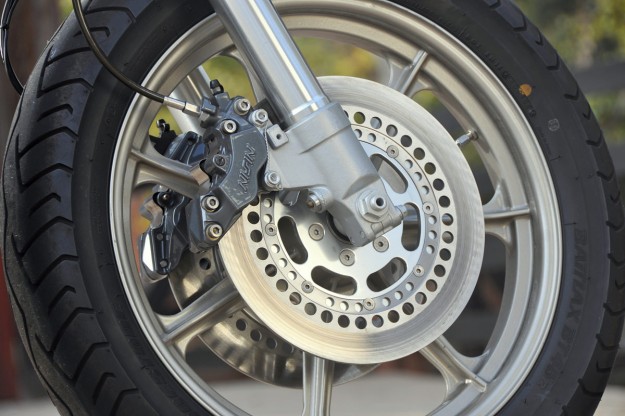
9. brakes. While we’re up front, how about stainless steel braided brake lines and new pads? the discs can be swapped out for a larger disc of another make or model, or even the front axle can be swapped out for something that originally came with two discs.
note: make sure you also choose a brake master cylinder designed to push enough fluid for two calipers! many older bikes had caliper lugs on both fork legs, but oddly no caliper was fitted. when you visit vintage races you will notice that most of the bikes will have been converted to aluminum rims with an 18” wheel up front and most likely a second disc.
Other factors are steering head angle and triple clamp offset, which are incorporated into the “track” part of the overall package. that’s a discussion for another time, but it’s a very important factor in handling.
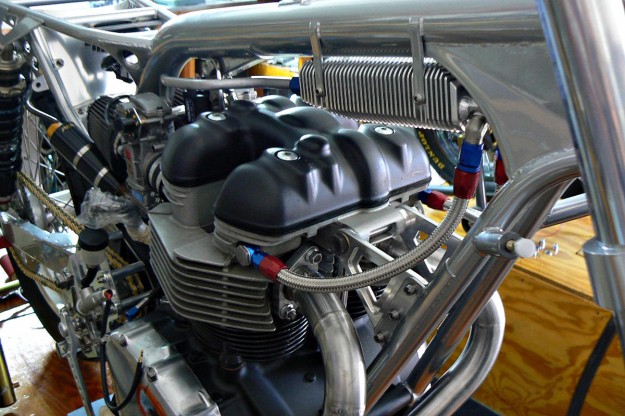
but if only it had more power! well, the solution is not as obvious as you might expect. at first, anyway. the guys who have had success in competition over the years don’t just throw some trick component on the bike and go faster. They keep stock engines or modified engines in top condition year-round.
They’re not up all night playing world of warcraft. they’re in the garage adjusting the timing over and over again until it’s perfect. or resurfacing the head and cylinder, so with a new gasket, it won’t leak, ever.
so start by making sure the engine has good compression on all cylinders. check that the points are in good condition and that the motor is timed correctly. the air filters need to be clean and the carbs injected properly since you tossed the airbox and installed the cool “pods”.
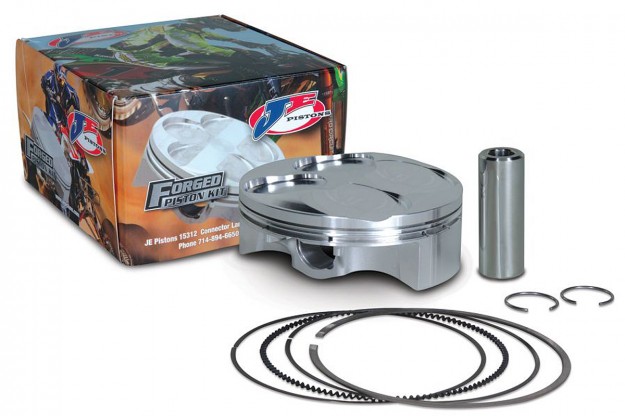
same with a yamaha xs650. a 750cc kit, MHz cam and some 34mm carbs, and the cb750s beware! That is, unless the owner of his cb has a hot cam, 836cc big-bore kit, and some keihin crs while he was building his own cafe racer, and paid attention to his chassis setup.
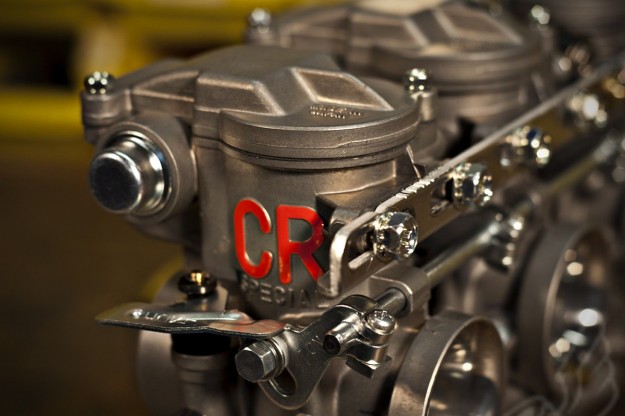
bigger displacement, more camshafts, better ignition systems, bigger/better carbs and you can even install exhaust systems that produce more power and are still quiet. There are so many parts available for older bikes that have evolved over the last thirty years; everything can be purchased and installed from vendors who provide detailed instructions and technical support.
good luck with the project!
see our extensive coverage of mule motorcycles in the bike exif files.
See also: Men&39s Cafe Racer Jackets
